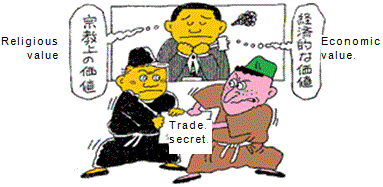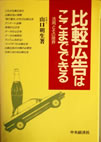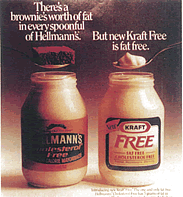Books written by Sakuo Yamaguchi, Chairman of Yamaguchi and Associates
- Practical Patent Business :Management know-how learned from disputes

What is patent? It is difficult to understand it from the abstract text of laws. In this book, the author explains the knowledge necessary in business based on actual “patent disputes” and specific examples of failure.
For example, the author was asked to file a patent application of a golf tee with indication of a hitting direction, which the inventor had believed to be novel. However, after some researches, it was found that patent applications of a variety of tees have been filed in the past as shown in the figure below:

- Trade Secrets :Legal Knowledge to Defend Trade Secrets

For a long time, even the term of “trade secret” had been unknown in Japan. Not to mention, it was not valued as a part of intellectual properties.
So, the author collected the cases in the United States and took the time to study them to understand the big picture. The results were published as the first comprehensive handbook (total 250 pages) in Japan. After the publication of this book, there was a movement to revise the Unfair Competition Prevention Act in Japan, and the author was involved in the legislation for almost one year, serving as a member of the Proprietary Information Committee of the Industrial Structure Council.
This book includes titles such as: Definition of Trade Secrets; Actual Examples of Trade Secrets; How to Protect Trade Secrets; How to Prevent Trade Secret Thefts; and How to Change a Job without being Sued.
Also, some familiar US cases, “CocaCola’s trade secret in danger” and “Kentucky Fried Chicken saved by the trade secrets” are described in details.


- That’s a Violation of the Trade Secret Act !

With the revision of the Unfair Competition Prevention Act, there was a period of confusion over the future of business and human resources transfer. Some even argued: if industries are protected by trade secrets, why we need the Patent Act? This book was published against such a background.
In order to promote understanding of a trade secret, the author explains a number of disputes over trade secrets. The illustration shown below is about a “religious war” in the United States. Some leaders of a religious organization left the organization and started their own by appropriating the “sacred book” of the source organization.
The point in dispute was whether the sacred book had economic value or not (if it had economic value, it should be regarded as a trade secret). After all, a decision was made that the sacred book should not be protected as a trade secret, because it was not an object of economic transaction.

- Facts about Trade Secrets :

In Europe, trade secrets have been protected since the Roman era. There is a renowned case of a dispute over the headhunting of a slave (a mid-level technician) and loss of a trade secret (dyeing technology).
In this case, the headhunting party was ordered to pay to the other party the amount 3 times as much as that of the loss.

This book describes in details the development of about 20 trade secret disputes in the US. Through these developments, the author explains what is a trade secret, how it is attacked and defended, and how Japanese companies can make the best use of it.
- You Can Go This Far With Comparative Advertisement : Use and Limit

At this moment, this book is the only one reference book on comparative advertisement in Japan (and in the world too?)
A guideline for comparative advertisement was published by the Japan Fair Trade Commission.
However, it is impossible to know how far one is actually allowed to go with the expression, how far one can go, what is a red line, and what kind of materials should be prepared to fight against a possible lawsuit.
This book features a number of lawsuits in the United Sate, which is a pioneer in comparative advertisement, reproducing actual disputes along with many photographs of the comparative advertisements.
In particular, the significant difference in comparative advertisement between Japan and the United States is the existence of consumer’s benefit.
In Japan, the criteria for comparative advertisement still remains to be “how other companies in the industry see it?” In other words, it is more important for them to maintain the order of competition.
In contrast, the criteria for disputes over competitive advertisement in the US is consumers’ benefits. In Japan, such a consumer’s viewpoint is completely missing.
The illustration below shows a competitive advertisement of Kraft Company, which compares the amount of fat in a bottle of mayonnaise.
It provides consumers concrete information in an easy-to-understand manner by indicating “there is a brownie’s worth of fat in every spoonful of Hellman’s mayonnaise”. There is no lockstep mentality among firms in the same trade.

- You Can Go This Far With Comparative Advertisement : (Korean language version)

One day, the author received a call from Professor Hwa-Seo Kee of Andong Science University in Andong-city, Korea. He said he wanted to translate the book “You Can Go This Far With Comparative Advertisement” into Korean language.
Later, when he visited Japan, the author invited him to stay at his house for two days to discuss in details about the book. The outcome was the publication of this book. The size of the book is larger than the original Japanese version, and the book looks nicer with colorful prints on quality papers.
In the book, some examples of comparative advertisement in Korea are added by Professor Kee, and the book is used as a textbook in Andong Science University.
In commemoration of the publication of this book, the author was invited to give a lecture at Andong Science University.

